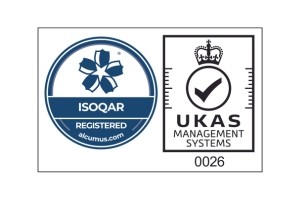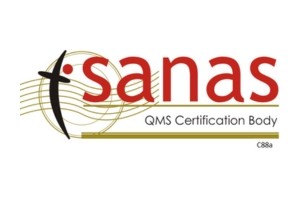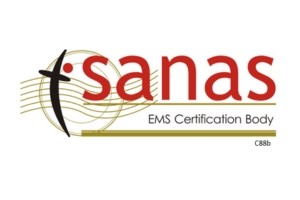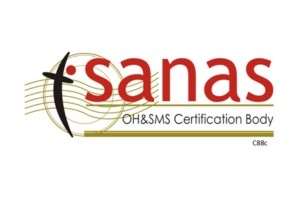ISO 9001; 14001 and 45001 Clause 9.3: Management Review – What is the requirement?
This blog post will simplify the input requirements within Clauses 9.3

Clause 9.3: Management Review.
Top management must periodically review the management system to ensure its continuing suitability, adequacy, and effectiveness. The frequency or intervals of the Top management’s formal review must be defined. The management review must address the possible need for changes to policy, objectives, targets, and other elements of the management system.
The management review process must ensure that the necessary information is collected ahead of time to allow management to effectively carry out this evaluation. Information that must be reviewed includes:
Minutes from previous management reviews;The policies, objectives and targets;Results of management system and process audits;The extent to which objectives and the numeric targets were met.

The main review that is required from top management is to assess any opportunities for improvement and any needed changes in the external and internal issues affecting the management system. This includes how well you have met the Policy and Objectives. The standard also asks that top management review certain inputs from the Management system as listed below:
- Results of internal audits – What was found during your internal system audits? Along with corrective actions that were identified, were there any opportunities for improvement, to investigate or even best practices that should be communicated throughout the company?
- Results of monitoring and measurement – There are certain things the organisation have chosen to measure as key indicators of how your management system is working. These need to be reviewed and understood by management.
- Evaluations of compliance with legal and other requirements – In your review of how well you meet legal and client requirements, did you find anything that could be improved, was a near miss, or was done better in one part of the company that other areas of the company could learn from?
- Results of participation and consultation – In talking with employees and other interested parties, was there something identified that could improve your management system?
- Communication from interested parties – While this includes complaints, it is not exclusive to those complaints. If someone outside of the company has taken the time to identify something regarding health & safety, such as a potentially hazardous situation that they noticed, take the opportunity to address this before something happens.
- Adequacy of resources affecting the management system performance – How many accidents, incidents or near misses happen in your company? Is there something that needs to be done to ensure that accidents don’t happen to your employees or contractors? This can help you determine the effectiveness of your management system and determine if a change in resources is needed.
- Trends in risks and opportunities – How are your risks changing over time? Looking for trends in this data may give you some insight as to how your risks are affecting you.
- Extent of meeting the policy and objectives – Since you took the time and effort to define a policy and set objectives for your management system, how are you progressing toward meeting those goals? By tracking your progress, you can tell if you are going to meet the target in time or if you need to change your approach or increase your resources.
- Trends in incident investigations, non-conformities, corrective actions, and continual improvement – If you have implemented your corrective action process, or are investigating an incident to correct it, are there trends in what you are finding?, are there a trend of repetitive incidents / non-conformaties? The activities should be done in a timely fashion in order to gain the most benefit from the improvement.
- Follow-up on previous management review actions – Why take actions if you are not going to make sure they are completed effectively and in a timely fashion? Are management taking responsibility of actions deriving from the management review meeting.
- Changing circumstances related to the management system – This includes knowing any developments in legal / client requirements for the organization. By keeping up to date with legal and other changes, you can make sure you implement any necessary updates at a time that is most advantageous to you. Also included are changes to your interested parties or risks and opportunities.
- Recommendations for improvement – If someone has recommended a way that they think you can improve your management system performance, you owe it to yourself to see if it is feasible. These opportunities for continual improvement could even save you time and money.

Management Review Outputs (Minutes/Actions)
All management reviews must be documented. Observations, conclusions, and recommendations for further necessary action from the review must be recorded. If any corrective action must be taken, Top management should follow up to ensure that the action was effectively implemented.
Typical outputs might include:
- Process improvement actions (including preventive actions) management system improvement actions,
- Product and service improvement actions,
- Resource provision actions,
- Revised business plans and budgets,
- Changes to objectives and policies,
- Changes in risks and opportunities,
Management review meeting minutes should be retained as documented information for the management system.
Join our mailing list to receive upcoming posts: http://www.isoqar.co.za/

